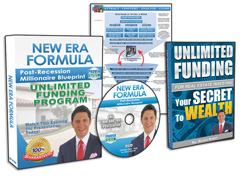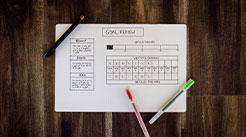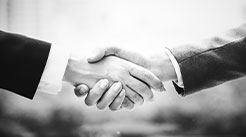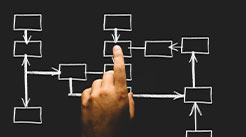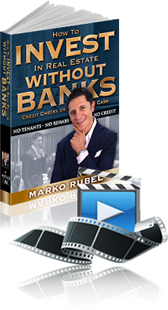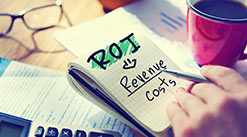
 A number of real estate investors choose to buy, fix and sell properties because it offers a quick way to earn on a property holding. However, when they actually get down to rehabbing it, they realize it is more trouble than they had bargained for. And, it is worse when despite all the effort, time and money spent, the property sells for less than the asking price!
A number of real estate investors choose to buy, fix and sell properties because it offers a quick way to earn on a property holding. However, when they actually get down to rehabbing it, they realize it is more trouble than they had bargained for. And, it is worse when despite all the effort, time and money spent, the property sells for less than the asking price!
We are not against rehabbing as a method of real estate investing. What we are trying to hit at indirectly is the logic behind understanding the profitability of each investment so as to render successful any investment method you choose be it rehabbing or lease options.
Calculating the profit on an investment includes calculating the Return on Investment or ROI as it is better known. The Return on Investment rate is expressed in percentage form. It is calculated by dividing the profits realized, after accounting for all expenses, by the initial cost of investment. This is a onetime calculation. People who opt to offer their property for rent or lease options, you can calculate the net gain on an annual basis. The actual Return on Investment is realized only after the property is sold. The process of calculating the ROI might get slightly complicated if the property has been refinanced.
For instance, if you bought a property for $250,000 and you sold it for $300,000. Subtracting the initial purchase price from the sale price, you realize a profit of $50,000. This is not the net profit as you still have to take into account expenses paid towards taxes, insurance, interest, repairs and maintenance. If the total expenses incurred on the property are $10,000, the actual profit earned on the holding is $40,000 ($50,000 – $10,000). This figure must be divided by the initial investment to calculate the return on investment rate. The ROI on this property holding is .16. You can convert this into percentage by multiplying it by 100.
There are a number of factors that go into a near accurate calculation of your profit margin. The first factor that goes into calculating the ROI is the charges for repair and maintenance. This depends on whether you will do the repairs on your own or hire contractors for the same. The first is definitely a cost-saving option, but if you measure the time and money spent, the second one measures up as a better alternative. Maintenance of an investment property includes paying taxes, and making payments towards the insurance. Finally, the monthly mortgage payments are also an expense head incurred against the property in question. A variable interest rate can vary the amount of the ROI as the interest rate will increase or decrease based on the economic fluctuations. There are also costs involved during the sale procedure. It includes costs incurred in rehabbing and advertising.
So, before you invest in property, gather the necessary material and do your math well. If you learn how to calculate the profit on an investment, you can guarantee yourself a justifiable profit on every deal you take up.
Request FREE Funding Kit and Discover How To Legally Bypass Banks And Gain Direct Access To "No-Credit-Required" Funding You Can Use To Achieve Your Financial Freedom... Start Now!


